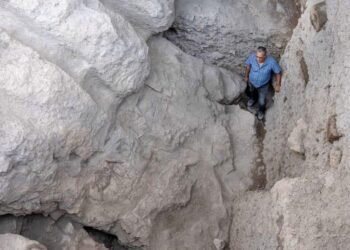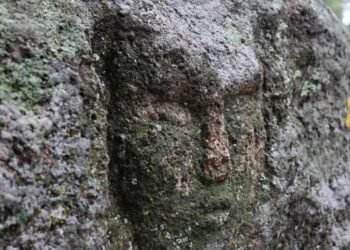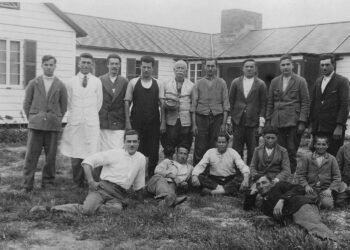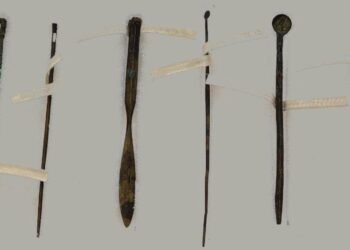An artifact or artefact (British English) refers to any portable object or material that has been created, modified, or used by humans. It is the basic “unit” of archaeological analysis.
Artifacts can vary widely in terms of size, material, and purpose. They can include tools, pottery, jewelry, weapons, clothing, and more. These diverse forms may at times be mistaken for ecofacts and features, with all three often coexisting within archaeological sites.
Archaeologists study artifacts to learn about the technological advancements, social structures, economic systems, artistic expressions, and daily activities of ancient societies. By analyzing artifacts found at archaeological sites, researchers can piece together a more comprehensive understanding of human history and cultural evolution.
Artifacts are typically excavated from archaeological sites and are carefully documented, analyzed, and preserved for further study and interpretation.
Types of Artifacts
Artifacts come in various forms. Some common types of artifacts include:
Tools and Implements: These include stone tools, metal tools, and other implements used for tasks such as hunting, farming, crafting, and building.

Pottery and Ceramics: Pottery vessels and ceramics provide information about cooking, storage, trade, and artistic styles of a particular time and place.
Jewelry and Ornaments: Items like beads, pendants, and rings can reveal details about personal adornment, social status, and cultural symbolism.
Weapons and Armor: These artifacts shed light on ancient warfare, combat techniques, and the technologies used for protection and aggression.

Textiles and Clothing: Fragments of textiles and clothing offer information about clothing styles, fabrics, and dyeing techniques of past societies.
Analysis and Interpretation
Archaeologists carefully analyze artifacts using various methods to understand their functions, origins, and cultural significance. This can involve techniques such as typology (classifying artifacts based on shared characteristics), microscopic analysis, chemical testing, and experimental archaeology (recreating ancient techniques and processes).
Stratigraphy and Context
The context in which artifacts are found is crucial for understanding their meaning. Archaeologists study the stratigraphy (layering of soil and debris) of an archaeological site to establish a chronological sequence of human activity. This helps determine when artifacts were used, discarded, or lost.
Dating Techniques
Artifacts can be dated using a variety of techniques, including radiocarbon dating, dendrochronology (tree-ring dating), and luminescence dating. These methods provide approximate ages for artifacts and help establish timelines for past events.
Preservation and Conservation
Artifacts are often fragile and susceptible to decay. Archaeologists and conservators work to ensure proper handling, documentation, and preservation of artifacts to maintain their integrity for future generations.
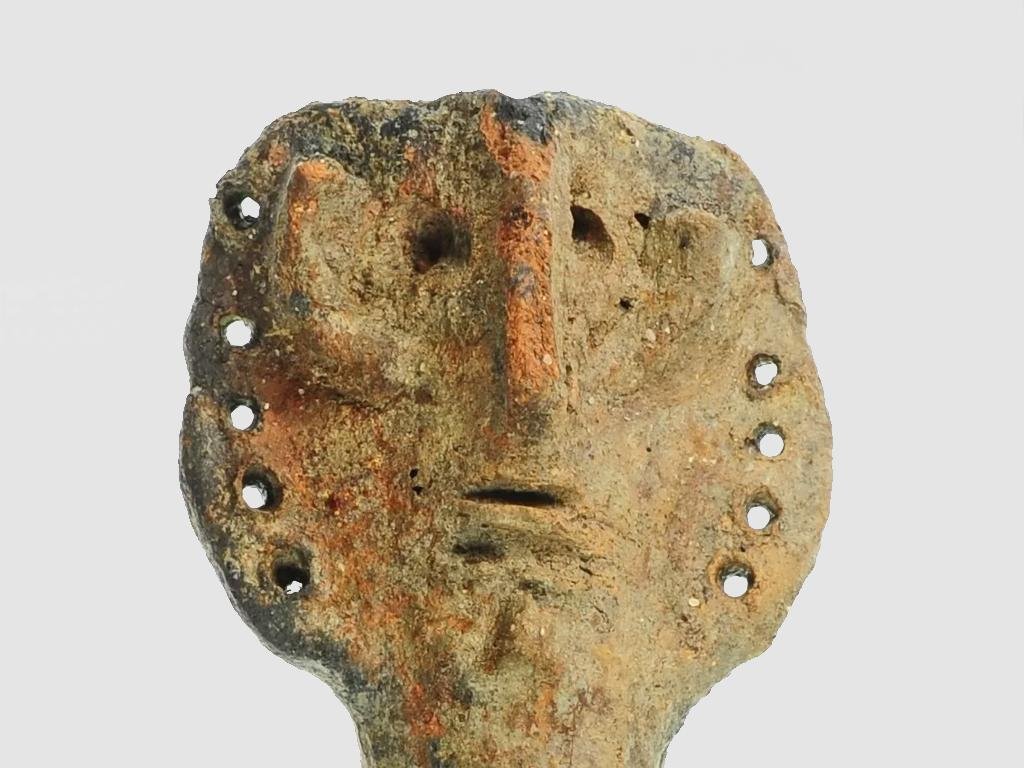
Artifacts are not only valuable for understanding the past but also hold cultural and symbolic significance for modern communities. They can be used to reconnect with ancestral heritage and contribute to cultural identity.
The excavation and study of artifacts raise ethical questions, particularly when artifacts are removed from their countries of origin or cultural heritage. Many artifacts find their way into museums, where they are displayed and interpreted for the public. Museums provide opportunities for education and engagement, allowing people to learn about history and different cultures through the study of artifacts.
Artifacts serve as tangible links to the past, enabling us to explore and understand the lives, technologies, beliefs, and behaviors of people who lived long before us.

